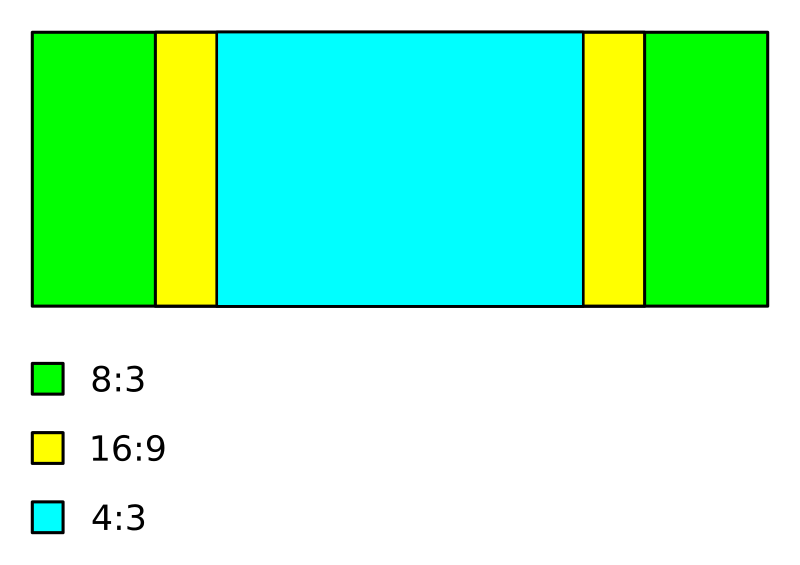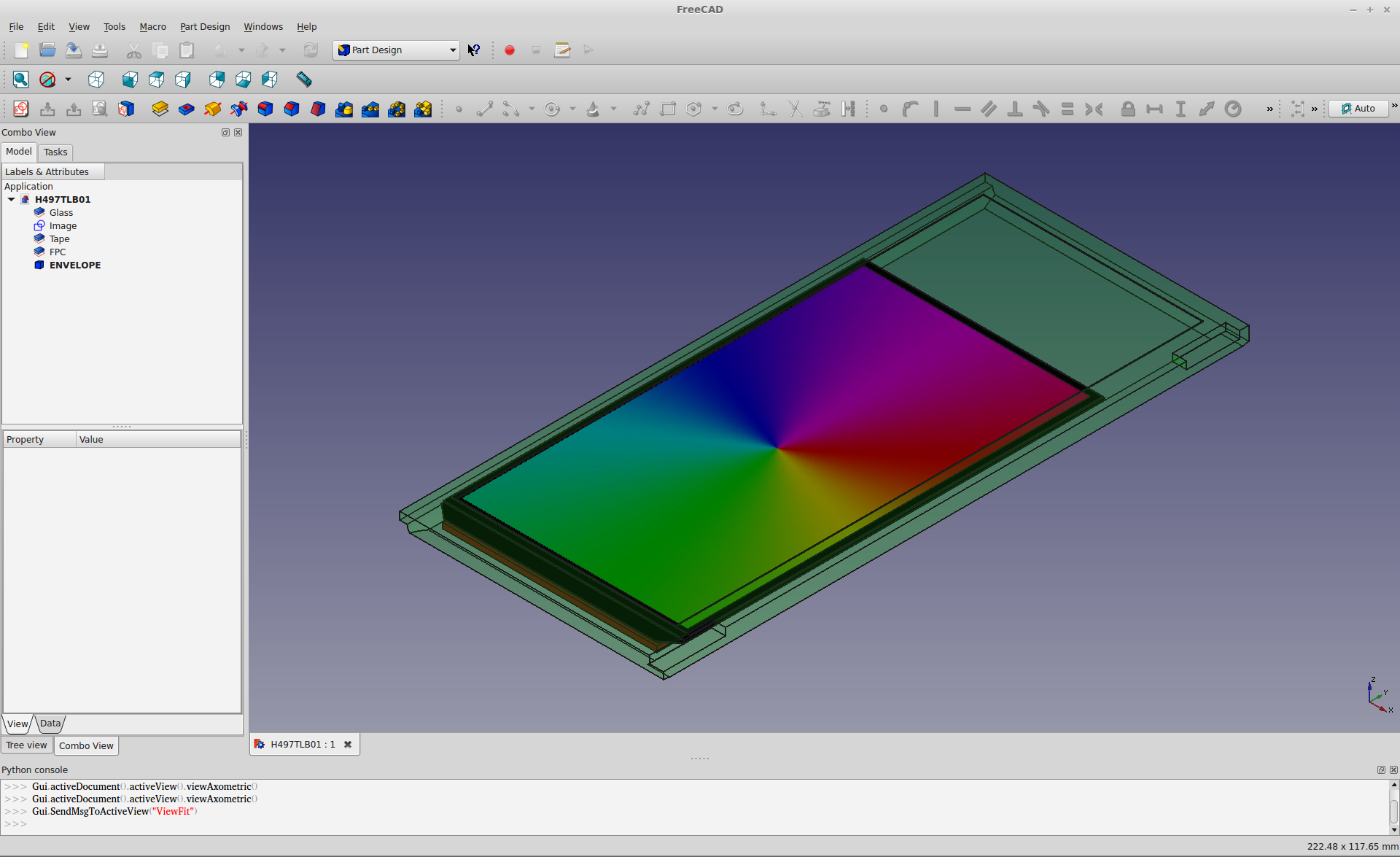Current project status:
- My ATmega32U4 board has arrived. I opted for the OLIMEXINO-32U4 because it happened to be cheap. It also had some extra goodies on board which made the decision easy.
- My keyboard breakout PCB:s are also on their way from OSHpark. Should be here in two weeks.
- ... but as it turns out, the connector is not. It is on backorder with ETA 7 weeks... :( I did some digging in my parts bin and found something that should work for the first prototype at least, I'll show you a picture once I have got it working.
Now for tonights topic: finding a replacement LCD.
I have had the opportunity to play around with the working Psion units during the last days. The keyboard is slightly more "rubbery" than I remembered it, but I'm still in love with the form factor. :) The biggest surprise was how lousy the display is! A lot has happened in the last 15 years to say the least. The resolution is actually still OK - the OS is well optimized for this screen - but the contrast is horrible to put it bluntly. It gets even worse if you are trying to use it in a dark room with the backlight on.
My original plan was to try to get some more life out of the original LCD, but now I don't think it will be worth the trouble. Which is a shame, since it is a really power efficient design. Another problem is the weird aspect ratio of the original display (8:3). It is very hard to find a screen that utilizes the available space as much as possible.
This picture illustrates the problem. The narrower the aspect ratio, the smaller the screen I can fit in the lid.

In the spirit of power efficiency, I first looked REALLY hard for some kind of passive display such as e-ink, or memory LCD. These look absolutely gorgeous, has excellent readability even in sunlight and hardly consumes any power at all. (See some examples here). However, most passive displays tends to be closer to 4:3 than 8:3. Simply put, I could only fit a display that is roughly half as wide as the original, or try to live with a really small screen.
For a while I even considered fitting two 4:3 displays next to each other, but I don't really see the benefit of having a dual-head setup on a handheld.
So 4:3 is out and passive display technology is out. That leaves us with a traditional 16:9 LCD module.
So how big of an 16:9 display can we fit?
The Active Area (AA for short) of the original display is about 134x50 mm, but the slot cutout in the lid is 60 mm high. Also, the bottom labels could be cut off, leaving us with a possible screen height of up to 65 mm! This means that we can fit a display with an AA of 5.0" provided the bezels are thin enough.
I stumbled upon a promising candidate on aliexpress. A 5.0" OLED screen with minimal bezels, built-in capacitive touchscreen and it's only 1mm thick (including the double sided mounting tape on the back). The thickness (thinness?) is a great bonus since I will need some flexibility bringing the FPC screen cable from the lid down to the main board. With a screen 1mm thin, I can fit some adaptors in the lid. Also, the vendor was kind enough to send me an excellent data sheet.
I made a mockup in FreeCAD to see if it would be a decent fit.

The green, semi-transparant blob is the volume occupied by the old LCD. The black monolith is the OLED under consideration, and it fits in the available space without problem. I would of course have to add some kind of display carrier to stop it from falling out, but that is a later issue. Right now I'm thinking of what to do with the empty space on the sides. Maybe add some additional (small) SPI screens to display system load, time, battery charge and so on... This is not completely unlike the original OS that has the option to show a "clock" bar to the right of the screen.
But before I get that far, there is a bigger issue to tackle - interfacing.
- Almost every modern LCD/OLED module uses either DisplayPort or (more commonly) DSI
- There are still SPI or parallell interface LCD:s available, but they all tend to be smaller than 5", or low resolution
So DSI is the technically superior choice. Also, since it is used in most smartphones these days, there is a large selection of displays in every imaginable size. Even the Raspberry Pi has an DSI connector on board... it's only that it is useless right now since there is no driver for it yet, even though it has been promised for a while now... :(
But there is always a plan B - build a converter! That way, I can use the standard HDMI output of whatever SBC i end up using, and still use a nice screen. I'd rather waste my time on something else though, so for the time being I'm going to plan for using a DSI screen and hope that I'll find some way to drive it in the future... :)
To be continued...
 RasmusB
RasmusB
Discussions
Become a Hackaday.io Member
Create an account to leave a comment. Already have an account? Log In.
https://git.kernel.org/pub/scm/linux/kernel/git/torvalds/linux.git/commit/?id=4078f57571442345d09edddb2ac79c951b9d6db2 some good news!
Are you sure? yes | no
Glad s/o looked into Psion e-ink. Any developments?
Are you sure? yes | no
No, not yet. Work has been intense the last few months, and I started rearranging my lab area as well. So no time to work on this for some time now :(
Are you sure? yes | no